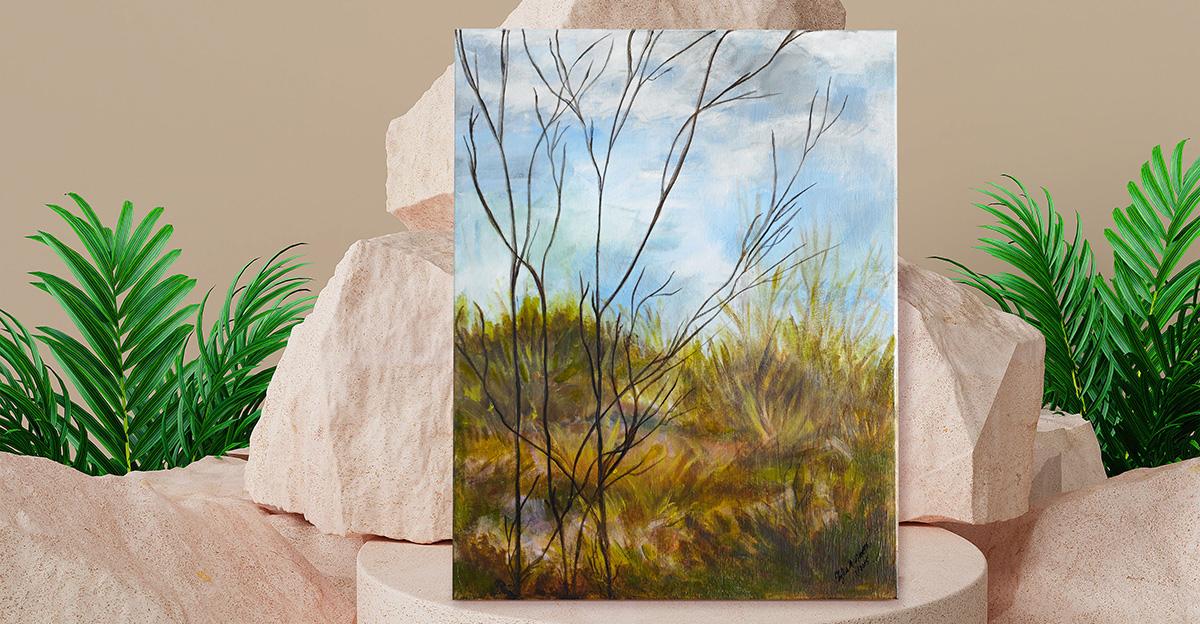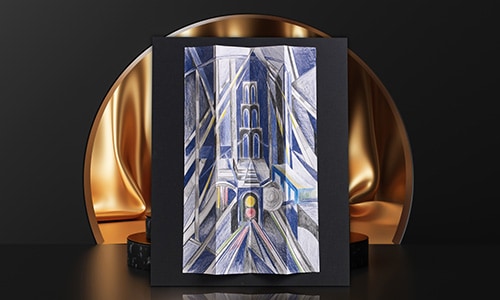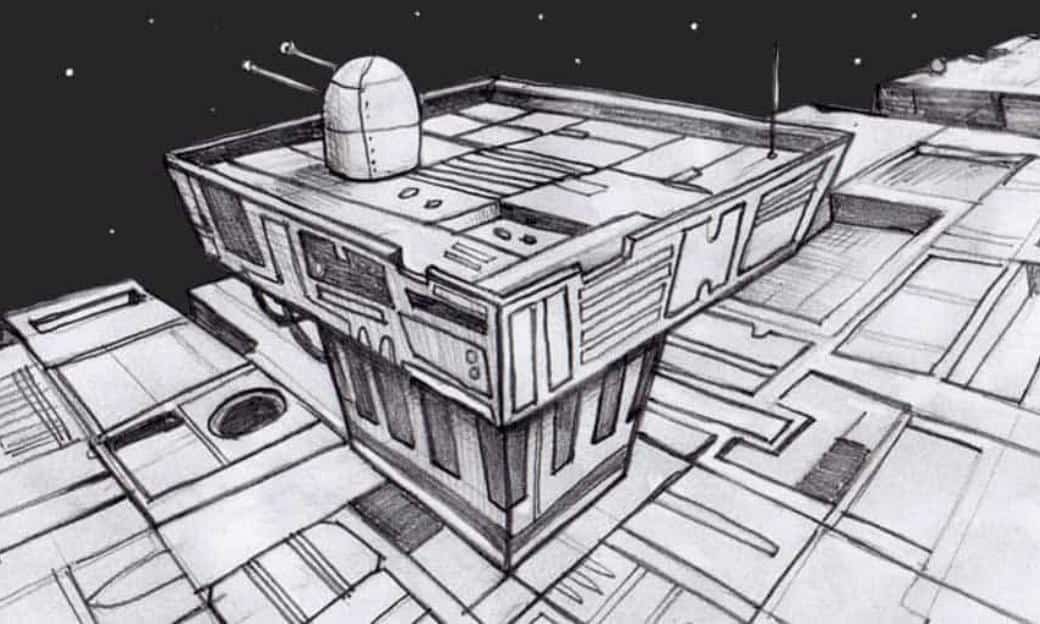What do John Mallord, William Turner, Winslow Homer, Fredrick Church, and Thomas Cole have in common? Their masterful use of aerial perspective! With examples dating as early as 30 BC, aerial perspective is a technique that creates depth in an art piece. By giving objects that are further away from the viewer less contrast, detail, and saturated color than objects at the forefront of a scene and making the distant objects bluer, a landscape appears to have dimension and depth.
Leonardo DaVinci referred to this magical technique as “the perspective of disappearance” and used it with both the Mona Lisa and The Last Supper. You can share this time-honored technique with your students using our Atmospheric Landscapes art lesson!
With this project, students will learn to use aerial perspective and layering to add dimension to their work. Using a variety of mediums, including acrylics, acrylic inks, markers, gloss, and matte medium, as well as various brush strokes and palette knife applications, students will create the illusion of depth and transparency, bringing their pieces to life in amazing 3-D.
Atmospheric Landscapes Lesson Plan
Follow the link above for the complete Atmospheric Landscapes art lesson plan, including images, step-by-step directions, and a materials list. Suitable for grades 9-12.
Browse Perspective Art Lessons
What tips do you have for teaching perspective and dimension?








Leave a Reply